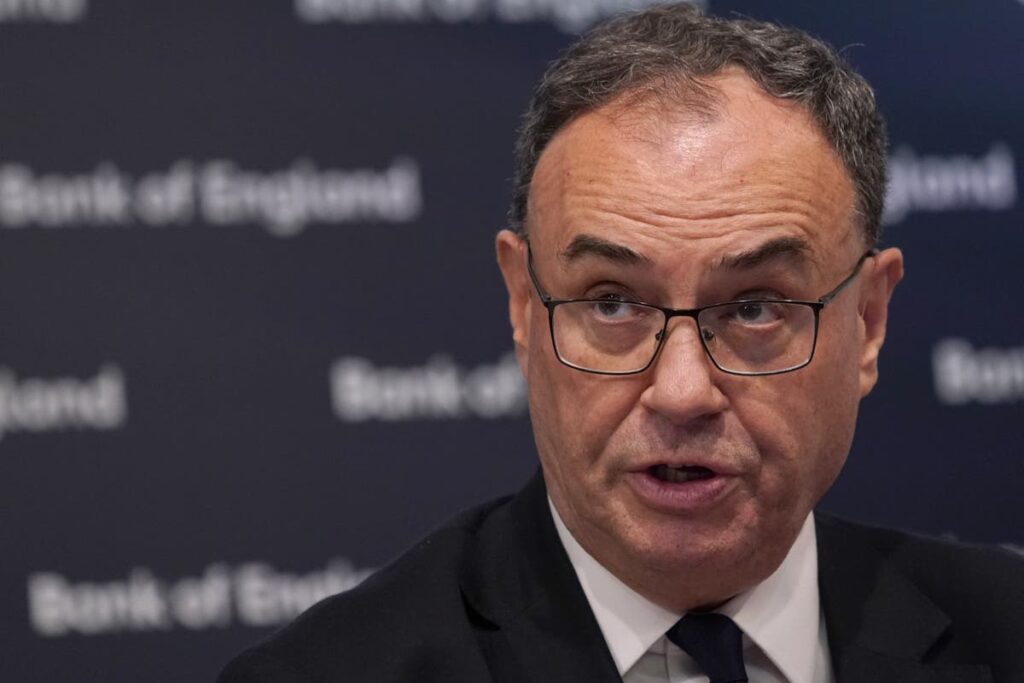Andrew Bailey’s comments have sent ripples through the financial world, hinting at possible aggressive rate cuts. However, looming geopolitical issues, especially in the Middle East, pose challenges that may influence these economic strategies.
As the markets respond to Bailey’s remarks, the potential for lower interest rates brings both excitement and caution. Economists watch closely as the interplay between monetary policy and international developments unfolds, revealing a complex economic landscape.
Impact of Interest Rate Speculations
The recent statements by Andrew Bailey, the Governor of the Bank of England, have ignited significant discussions within financial circles. His assertion that the Monetary Policy Committee might adopt a more proactive stance in reducing rates has led to immediate reactions on the currency markets. Sterling experienced a notable decrease, losing over one percent against major currencies such as the dollar, euro, and yen. This reaction underscores the sensitive nature of financial markets, which are highly responsive to potential policy shifts by influential figures like Bailey.
Economic Predictions and Market Responses
Economists are now scrambling to update forecasts as expectations shift regarding the Bank’s approach compared to its American and European counterparts. There is an understanding that Britain may lean towards a more aggressive rate-cutting strategy, depending on ongoing economic indicators. However, it is imperative to note Simon French’s emphasis on the conditional nature of Bailey’s remarks, highlighting that such a strategy is contingent on positive pricing data and inflation trends remaining controlled. Economists are thus cautiously optimistic yet aware of the uncertainties that could disrupt these projections.
Mortgage Rates and Financial Relief
Consumers, especially prospective homeowners, are closely monitoring these developments, as mortgage rates show signs of declining. Following Bailey’s comments, lenders like HSBC and Barclays have already adjusted their offerings, providing more competitive rates to attract new customers. This shift presents a unique opportunity for borrowers to secure more favourable terms on loans. However, it’s important to remember that the financial landscape is volatile, and predictions are subject to change as new data emerges. Borrowers must remain vigilant in reviewing these fluctuating conditions.
Potential Economic Threats
Despite the optimistic outlook on interest rates, there is a significant external threat that could alter these favourable conditions: oil prices. The recent geopolitical tensions in the Middle East have pushed oil prices upwards, introducing a level of unpredictability to economic forecasts. Andrew Bailey acknowledges the severity of this risk and its potential to affect economic modelling adversely. The Bank of England faces the daunting task of mitigating the “second order effects” if an energy price surge occurs. Such an event would demand careful policy adjustments to prevent broader economic disruptions.
Reactions from the Business Sector
Business leaders have noted Bailey’s statements with a mixture of cautious optimism and concern. On one hand, lower interest rates could provide much-needed relief to small businesses burdened by high borrowing costs. On the other hand, the looming threat of fluctuating oil prices serves as a reminder of the volatility that can hinder economic recovery. The balance between taking advantage of lower rates and navigating potential price shocks is delicate, requiring strategic planning and foresight.
Impact on Consumer and Business Confidence
While the prospect of rate cuts may initially boost confidence among consumers and businesses, the reality of unforeseen economic “black swans” remains a potent reminder of how quickly circumstances can change. Bailey’s comments, while encouraging, must be seen in the context of a global economy that is inherently unpredictable. The recent history of unexpected economic disruptions underlines the need for cautious optimism. Stakeholders are advised to prepare for a range of scenarios, ensuring resilience against potential economic threats.
Conclusion and Future Outlook
In conclusion, the Bank of England’s potential shift towards more aggressive rate cuts presents both opportunities and challenges. While the prospect of lower borrowing costs is appealing, the unpredictable nature of external factors like oil prices requires cautious navigation. Stakeholders must remain informed and adaptive, balancing optimism with prudence in their planning.
The potential for more aggressive rate cuts by the Bank of England marks a pivotal moment for the UK economy. Yet, the interplay of international factors such as oil prices cannot be ignored.
Careful navigation of these economic waters is essential for both consumers and investors, who must balance the optimism of lower rates with the reality of global uncertainties.

